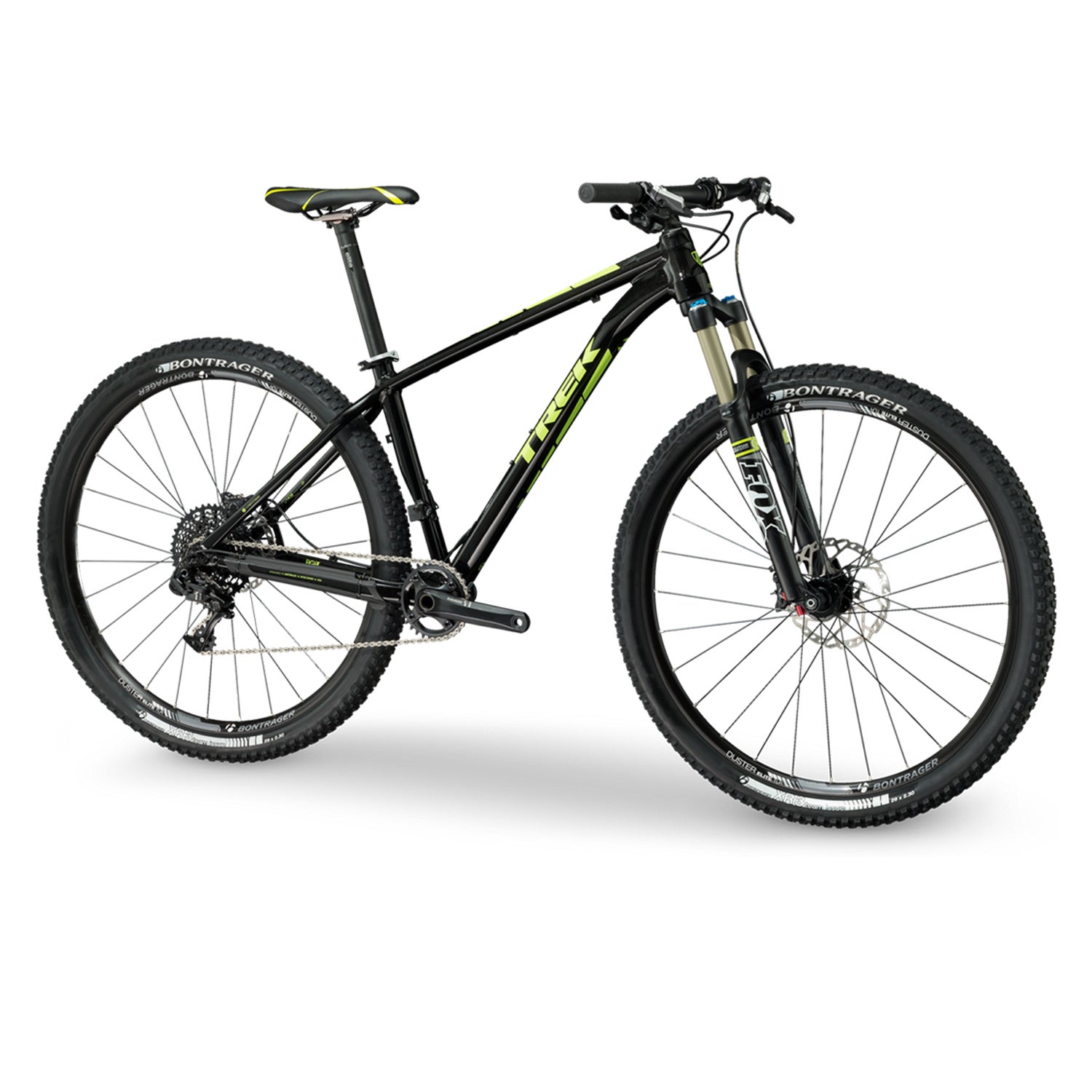Product recalls are usually pretty boring news. But this week, a bike recall turned out to be so significant that it : Trek, one of the country's largest bike sellers, is and another 98,000 in Canada due to a problem with the front wheel’s quick-release skewer attachment.
What’s more, the recall spans a jaw-dropping amount of time: from January 1999 through the present. It begs the question: how could a bike company miss, for so long, an issue that affects so many bikes? The answer is that there’s more to the recall than meets the eye. Here’s what you need to know:
What’s Being Recalled?
Any Trek bicycle model from model years 2000 to 2015 that’s equipped with front disc brakes and a silver or black quick-release lever that articulates more than 180 degrees when flipped from locked to open.
All three of those conditions must apply. If it’s a bike with rim brakes; if it’s a disc bike with through-axle wheel attachments; or if it’s a disc-equipped bike but the quick-release lever stops short of 180 degrees at open, there’s no recall. That said, if you’re the least bit unsure, Trek encourages you to bring your bike to a dealer for inspection. The bikes generally sold for between $480 and $1,650.
Why Are the Bikes Recalled?
When all three of these conditions are met, it’s possible for an open quick-release lever to get stuck in the disc rotor. That could bring the bike to a sudden halt and flip the rider over the handlebars, or cause the front wheel to eject. Both cases will almost certainly result in a crash.
The quick release in question isn't a Trek product—it’s a vendor-supplied lever that's used on bikes from a number of brands.
Thankfully, the fix is extremely simple: if your bike is affected by the recall, a mechanic will swap the quick release for a new one (boxes of replacement quick releases showed up at Trek dealers a few days before the recall was publicly announced). It takes less than five minutes. Trek will also provide owners of affected bikes a $20 gift card good toward any Bontrager-brand merchandise, valid through the end of 2015.
Did Trek Ignore this Issue for More Than a Decade?
No. Trek says that it was unaware of any issues until 2014, when it received a single report of a crash. Tragically, . The company investigated and found two more incidents that resulted in rider injury and decided to issue a recall out of what company spokesman Eric Bjorling called an abundance of caution.
It’s important to note, added Bjorling, that the product itself is not actually defective. When properly tightened and closed, there is no risk of injury from the quick release. It’s only when the lever is in the open position that there’s a danger. The lever can end up in open position one of two ways: an obstacle can catch it and flip it from closed to open, or the user can tighten the lever improperly.
The first scenario is theoretically possible, but extremely rare. Any object that hits a properly tightened front quick release with enough force to flip it open is likely going to cause a crash all by itself.
Far more common is the second scenario, where the user has improperly tightend a quick release. The action is not intuitive, as it involves tightening the nut on the opposite side of the QR skewer and then using the cam-action lever to lock it down to closed.
If someone doesn’t know how to use a QR skewer, they can see it as a big, one-sided wingnut, and simply twist it down as tight as they can without using the cam function.
In that situation, the QR skewer can gradually loosen over time, which the cam action prevents when used properly, and the wheel can fall out. This is why bicycle forks have the flared retention flanges (often called “lawyer tabs”) that keep a wheel attached even as the QR starts to loosen. In the case of this particular QR skewer, even if the retention tabs keep the wheel in place, the loose skewer lever can, in the open position, articulate more than 180 degrees and get caught in the disc rotor.
So Wait, This Is User Error? Why Do a Recall?
The recall tool is a broadsword, not a scalpel. It allows companies two basic options: recall or not recall. There’s no “recommended service item” or other middle ground. Bjorling said that even though the part itself is not defective, Trek chose to act rather than wait for any more incidents to come to light, given the risk of severe injury. “Our preferred option was to make people aware of the issue,” he said.
So, while Bjorling may grind his teeth about sensationalist headlines like USA Today’s, Trek decided that customer safety outweighed PR in this case.
Bjorling added that the quick release in question is not a Trek product—it’s a vendor-supplied product that was used on bikes from a number of brands. (Bjorling did not have information on how many.)
So this is likely not just a Trek problem. If you own any bike equipped with a quick release skewer and disc brakes, check to see if (a) it’s properly attached and (b) whether the lever articulates past 180 degrees when open. And keep your eyes peeled to see if the rest of the bike industry follows suit.


